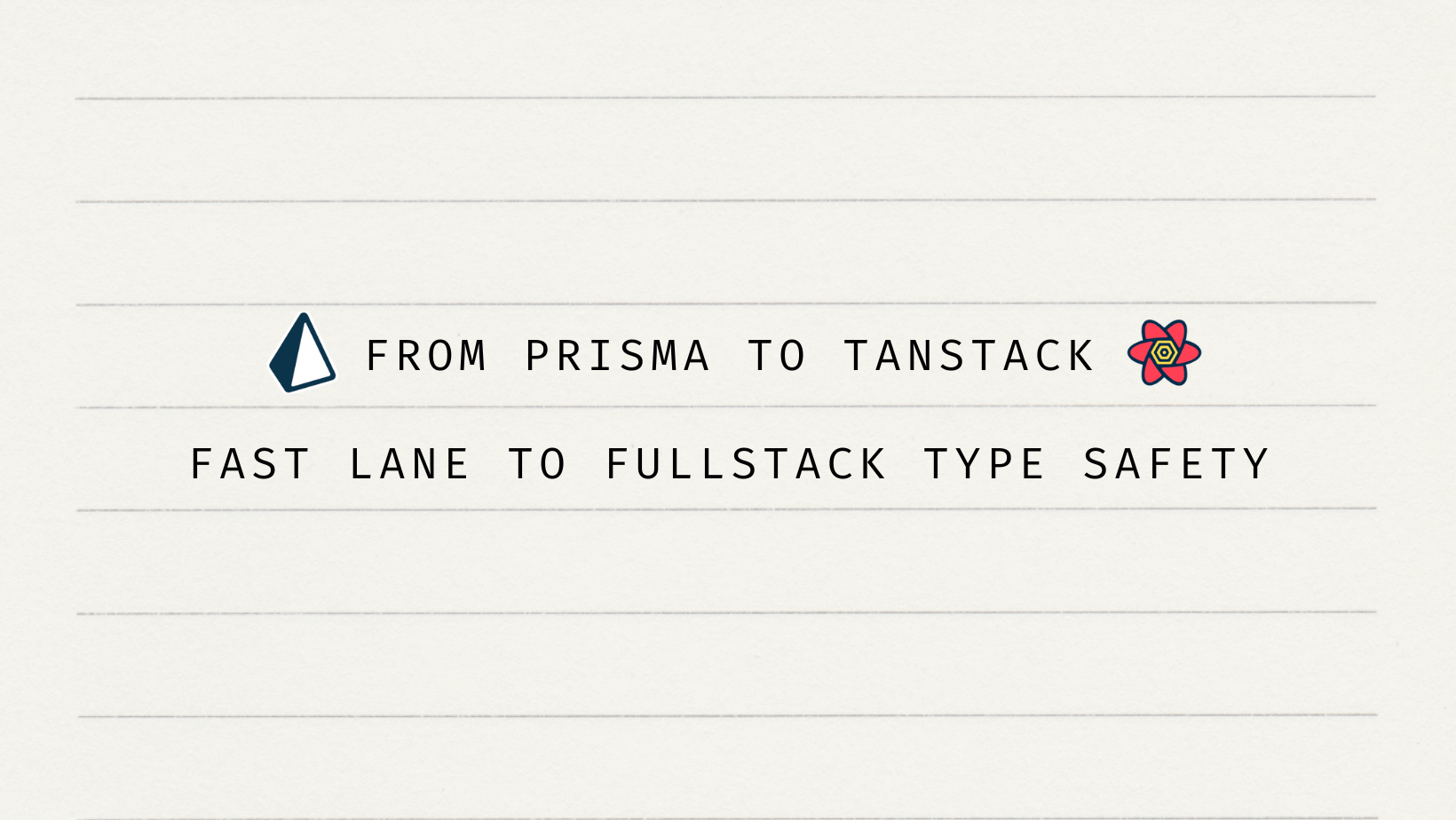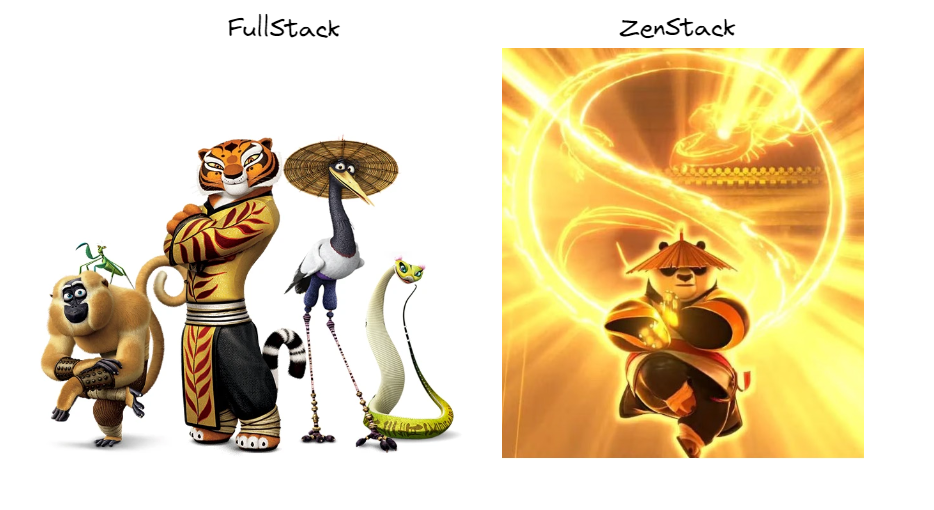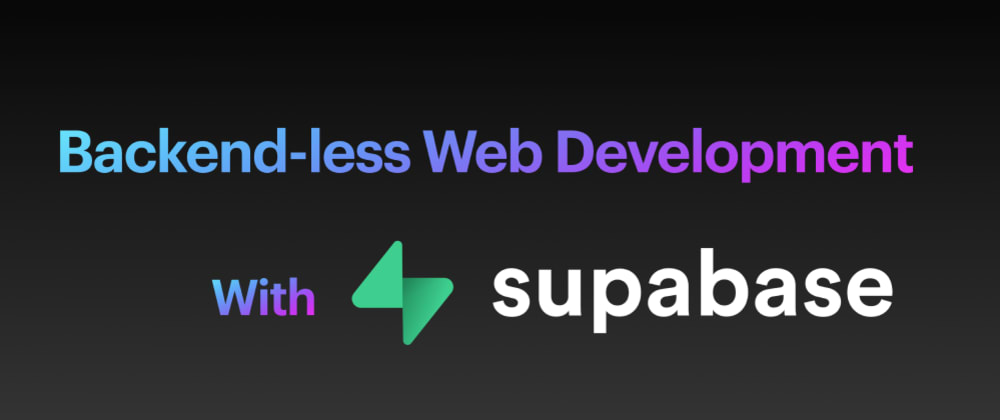What will happen to the full-stack framework in the future?

Don't Reinvent the Wheel
As software developers, we are all familiar with the phrase "Don't reinvent the wheel". However, I have heard many complaints that the Javascript world seems to do the exact opposite. 😂










